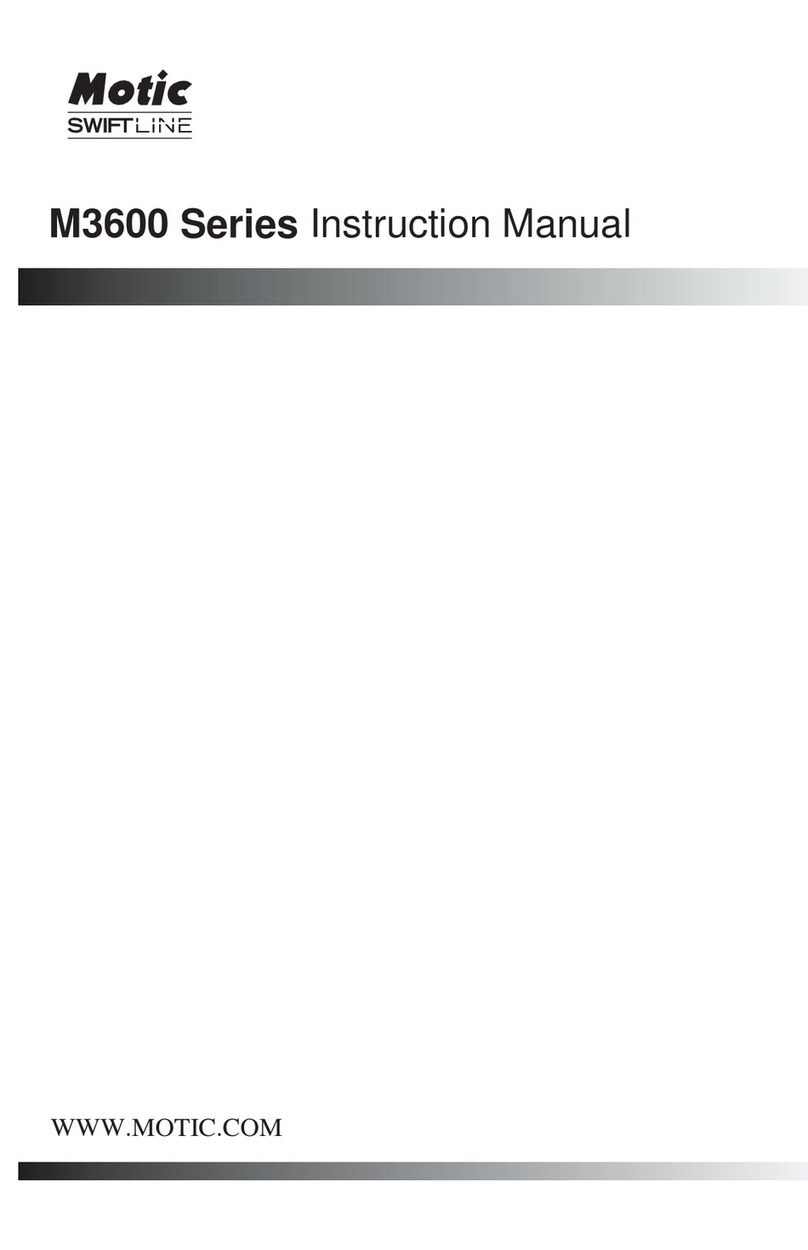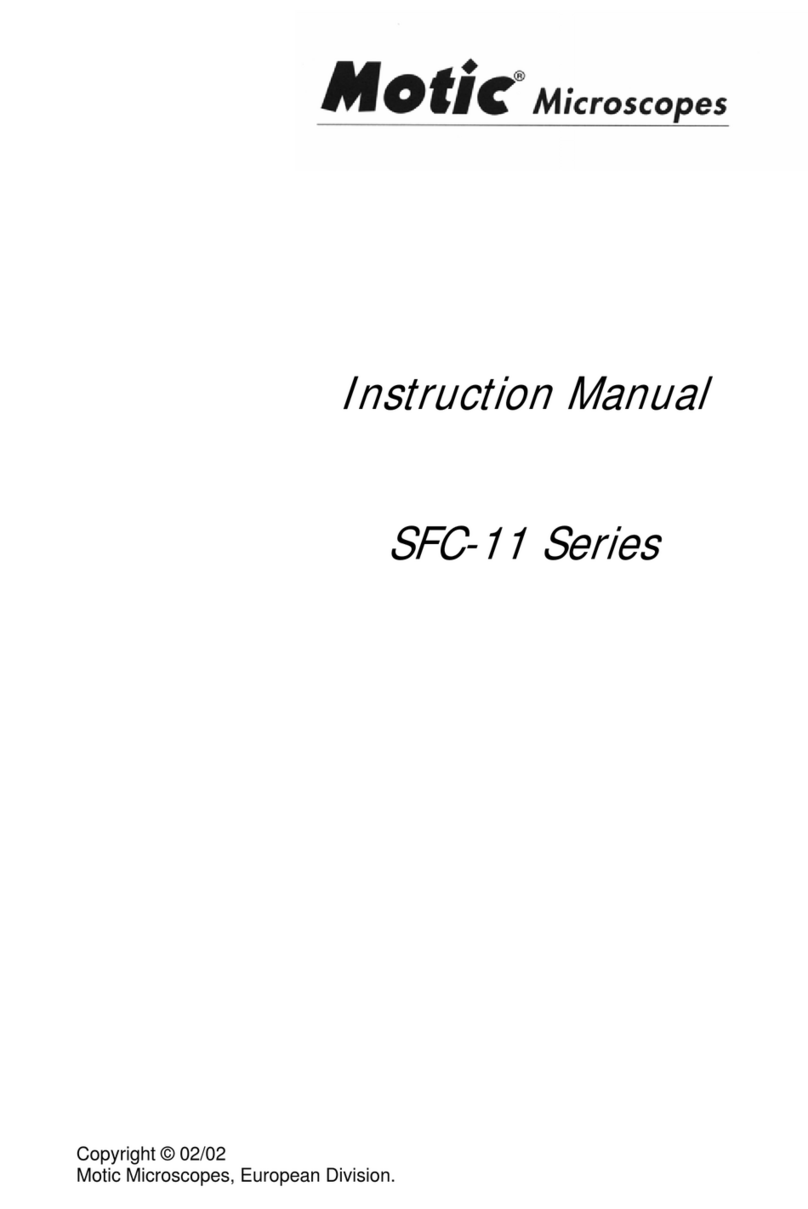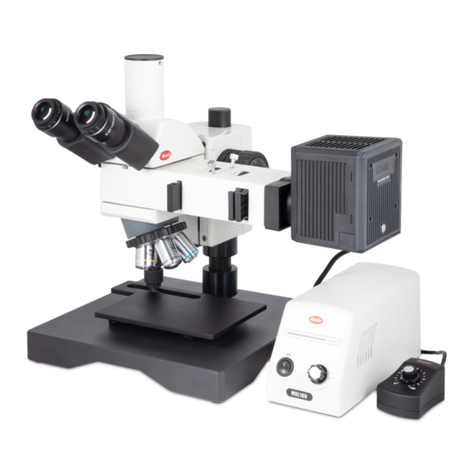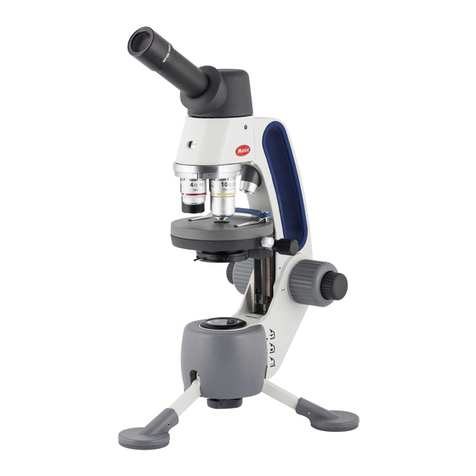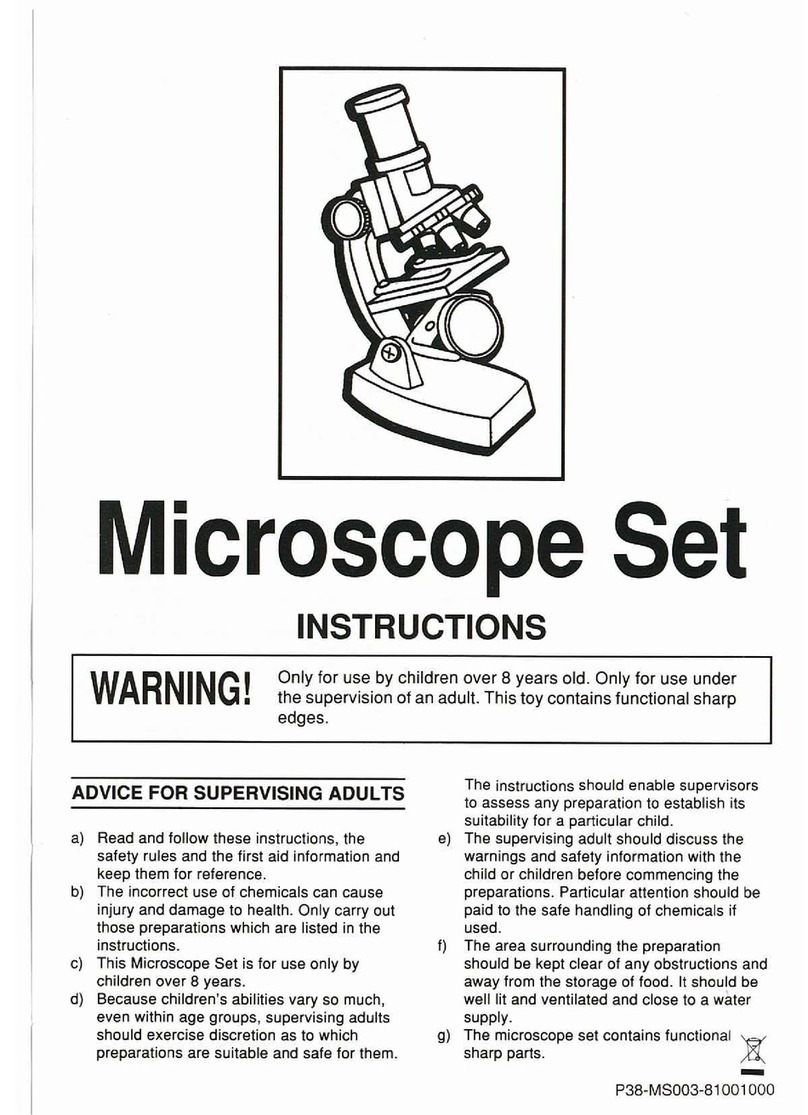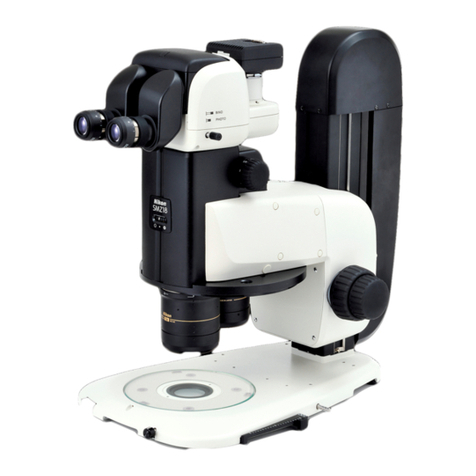Motic AE30 User manual
Other Motic Microscope manuals
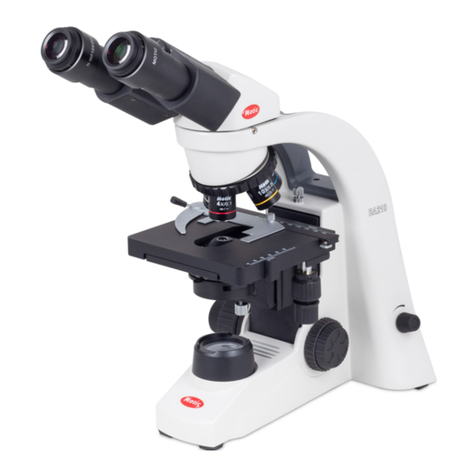
Motic
Motic BA210 series User manual
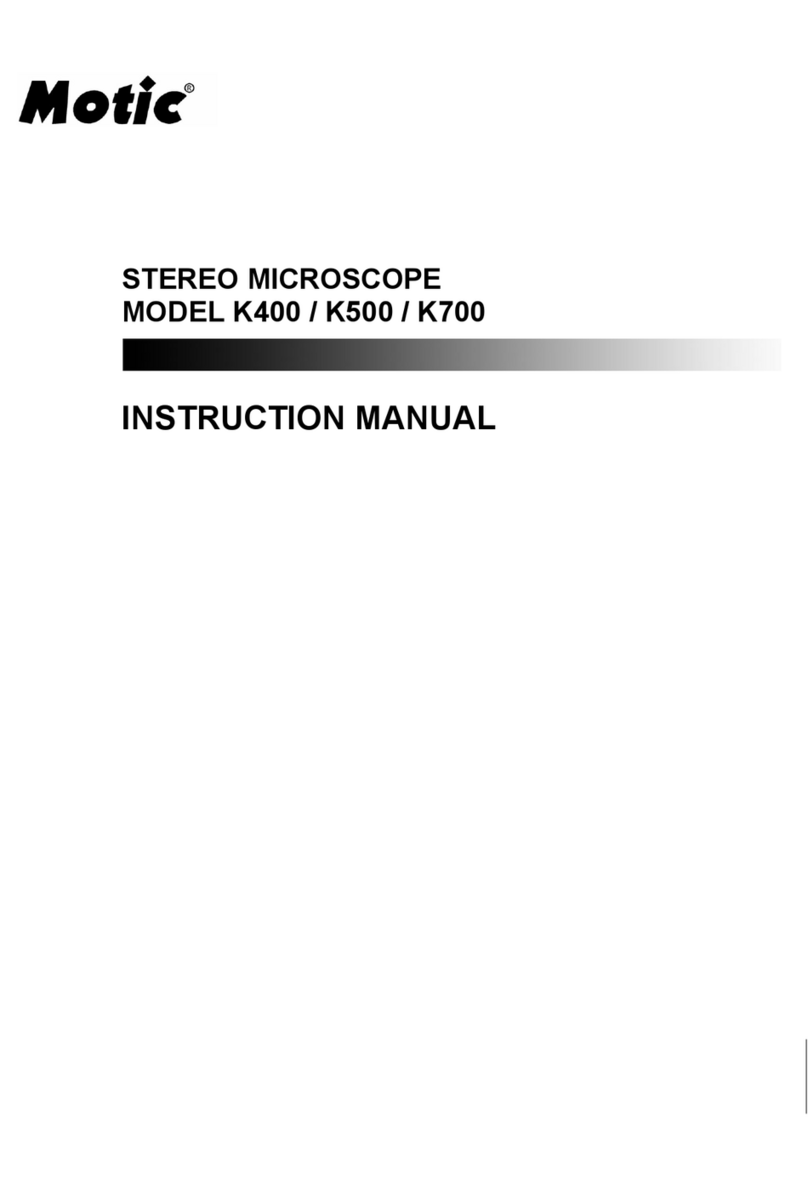
Motic
Motic K500 User manual
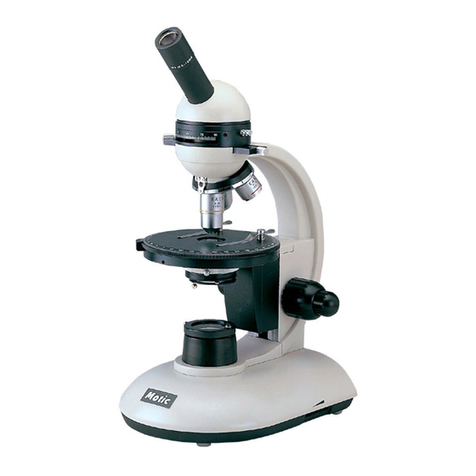
Motic
Motic PM Series User manual
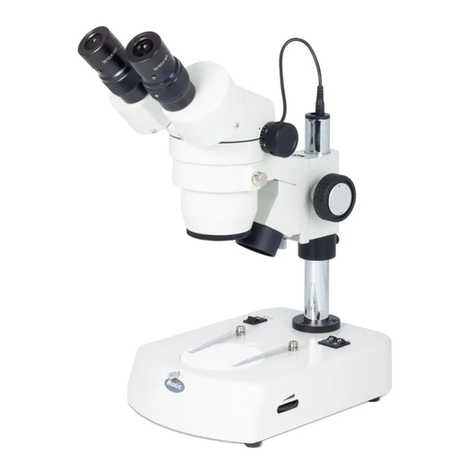
Motic
Motic SMZ-140 User manual
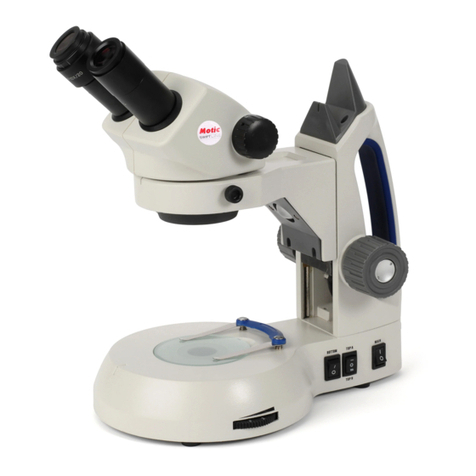
Motic
Motic SWIFTLINE SM100 Series User manual
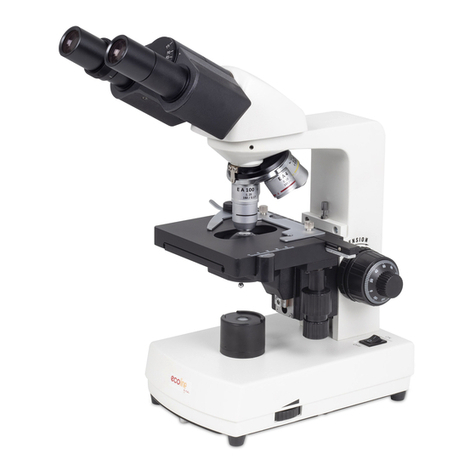
Motic
Motic ECO Series User manual
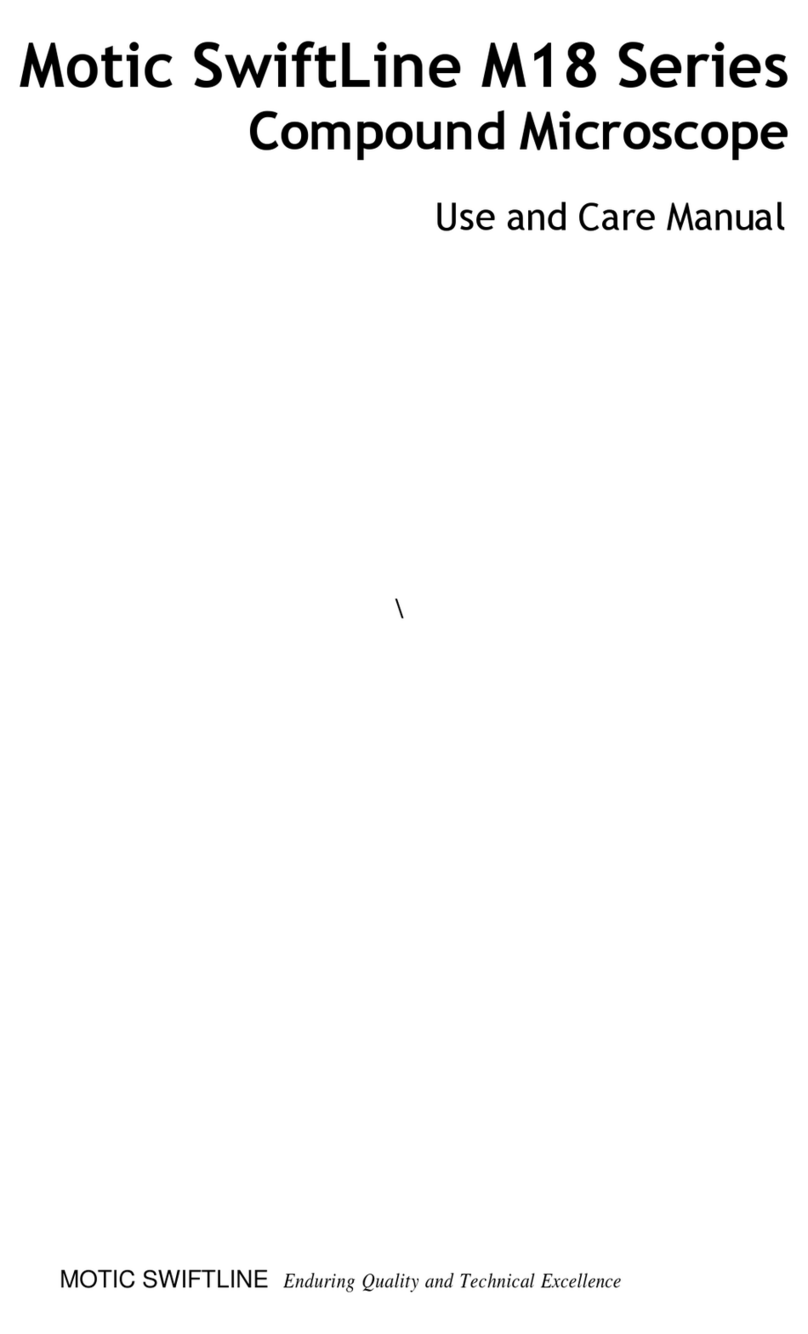
Motic
Motic SwiftLine M18 Series User manual
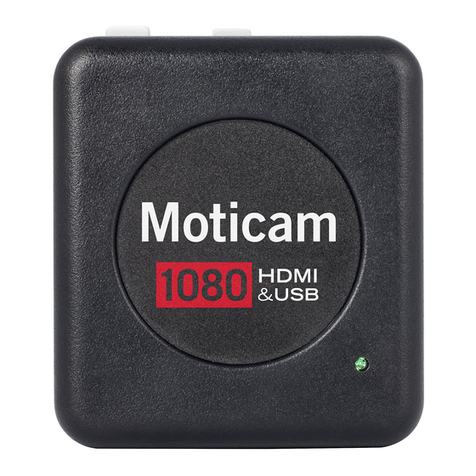
Motic
Motic D-Moticam 1080 User manual
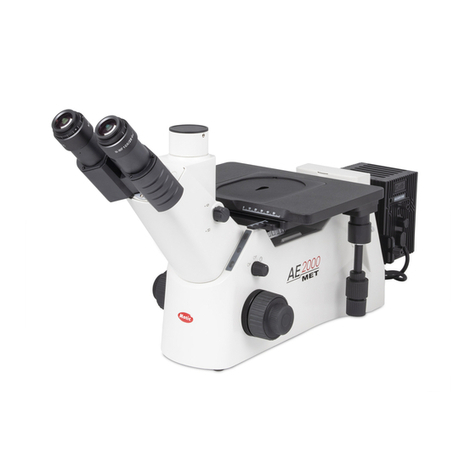
Motic
Motic AE2000MET User manual
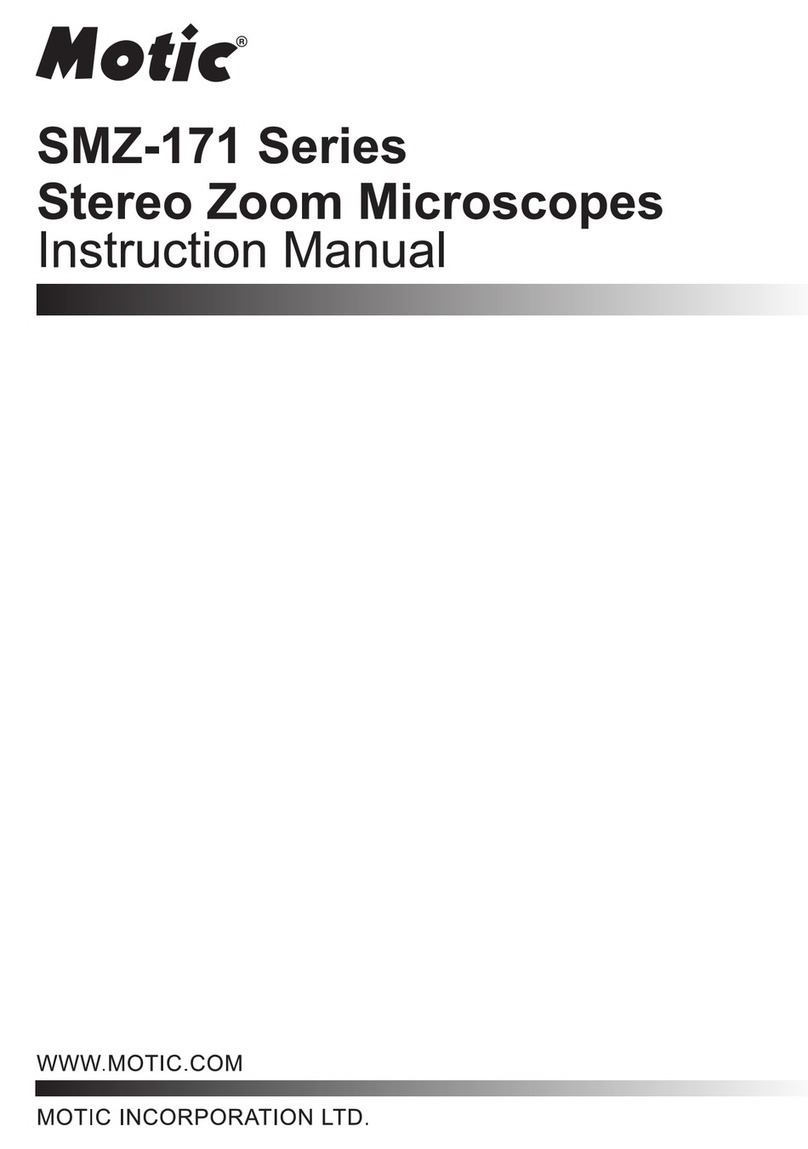
Motic
Motic SMZ-171 Series User manual
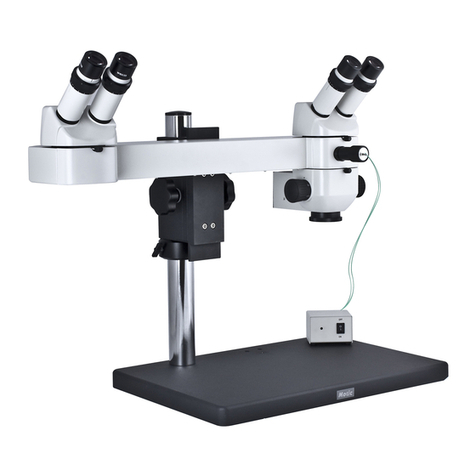
Motic
Motic DSK Series User manual

Motic
Motic BA310Met User manual
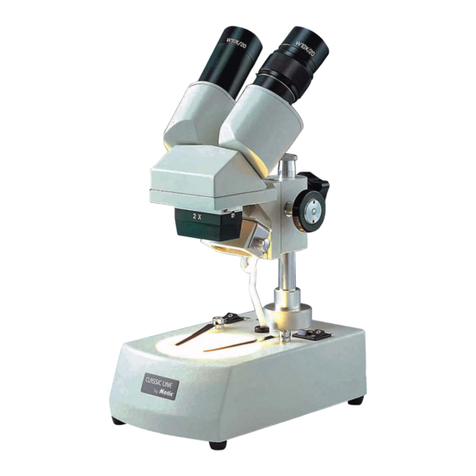
Motic
Motic S-10 Series User manual
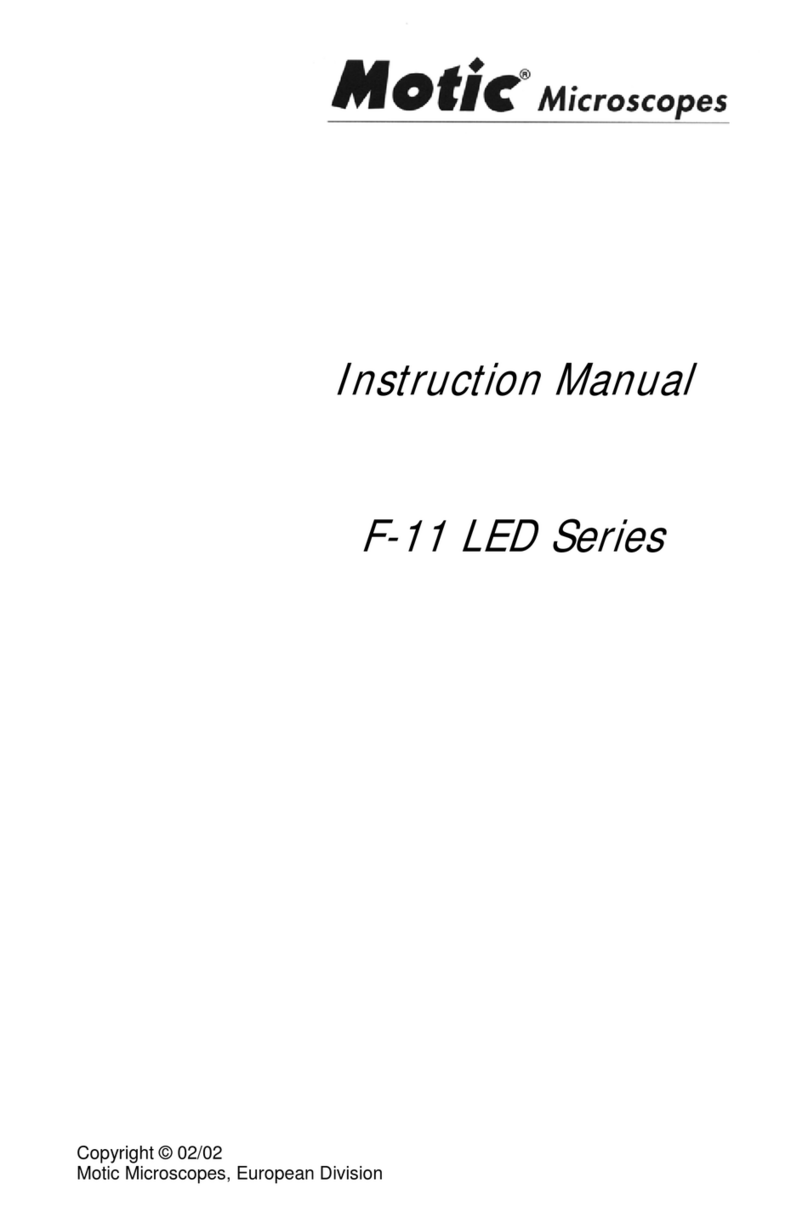
Motic
Motic F-11 LED Series User manual
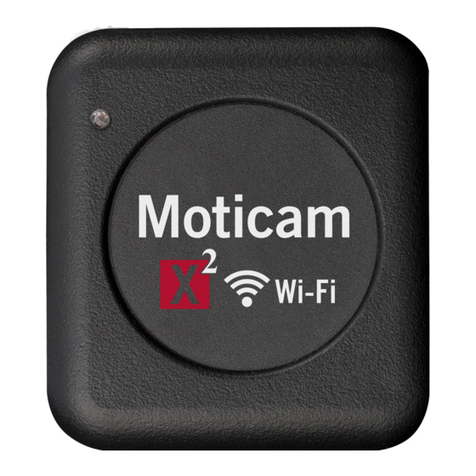
Motic
Motic Moticam X User manual
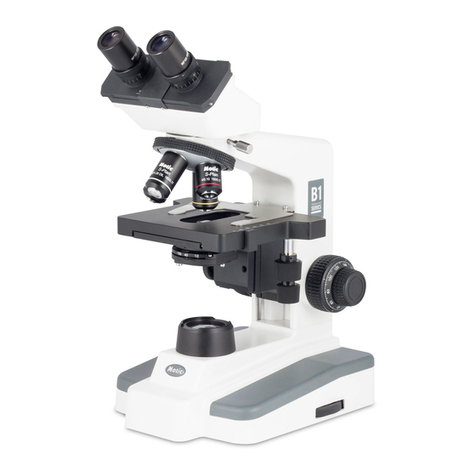
Motic
Motic B1 Series User manual
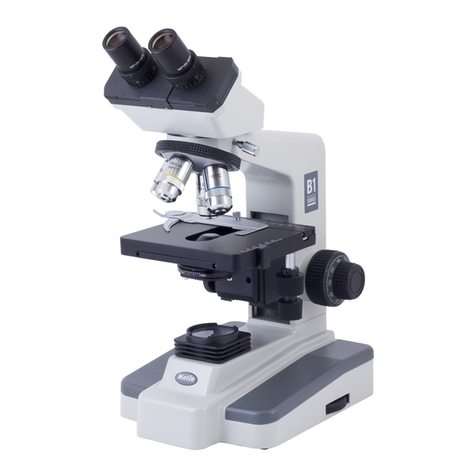
Motic
Motic B1-212 User manual

Motic
Motic SMZ168 Series User manual
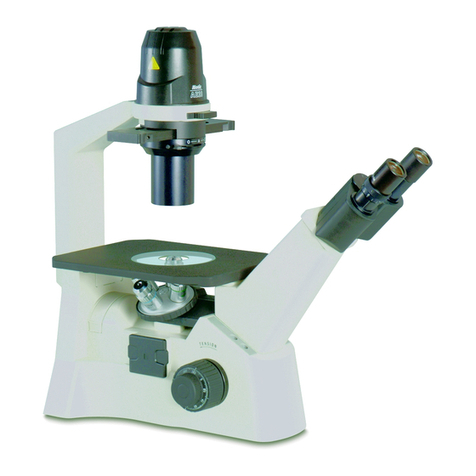
Motic
Motic AE20 User manual
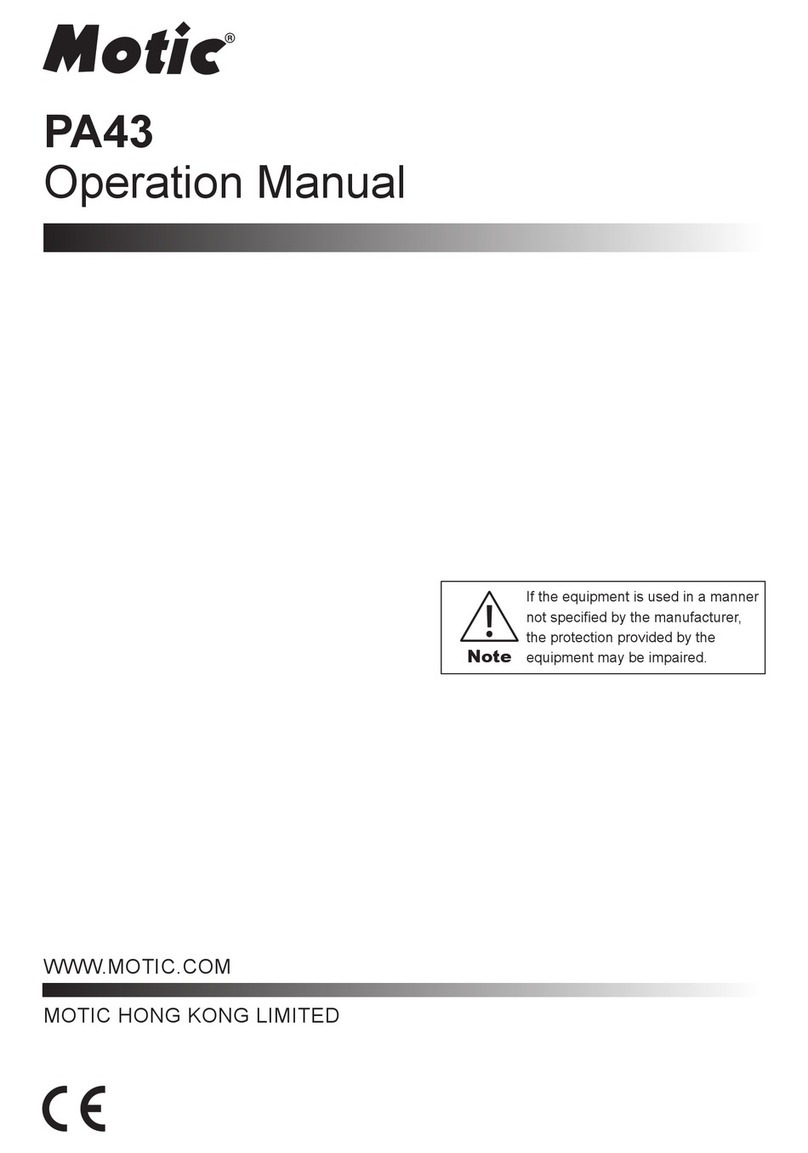
Motic
Motic PA43 User manual
